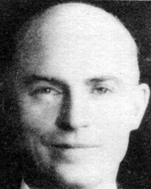POSTAL SERVICE
MAIL CONTRACTS—SUPPLEMENTAL PAYMENTS ACT
AMENDMENT
Hon. ERNEST BERTRAND (Postmaster General) moved that
the house go into committee at the next sitting to consider the
following resolution:
That it is expedient to bring in a measure to
amend the Supplemental Payments Act to provide that no supplemental payments shall
be
authorized under the act after the thirty~first
day of March, 1949.
He said: His Excellency the Governor
General, having been made acquainted with
the subject matter of this resolution, recommends it to the consideration of the house.
Motion agreed to.
HONG KONG
REFERENCE OF DOCUMENTS T0 JOINT COMMITTEE
ON PRINTING
That the documents tabled on March 10, 1948,
relating to the inquiry made pursuant to order
in council P.C. 1160, of February 12, 1942, into
the dispatch of the Canadian expeditionary
force to the crown colony of Hong Kong, be
referred to the joint committee on printing for
report under standing order 64.
Motion agreed to.
QUESTIONS
(Questions answered orally are indicated by
an asterisk.)
CANADIAN ARMY
1. (a) What is the strength presently authorized of the active reserve of the Canadian
army?
Have there been any amendments or regulations changing this and if so, what is the
effect
of such amendments? (b) What is the present
actual strength of the active reserve of the
Canadian army?
2. What is the composition of the active
reserve of the Canadian army by units or part
units (giving names)?
3. Into what formations are these units or
part units organized, giving names (brigades,
brigade groups, etc.)?
4. What is the authorized strength of each
unit or part unit as above?
5. What is the actual number presently on
strength of each unit or part unit as above?
Mr. LAPOINTE: The hon. member has agreed) to drop parts
2, 4 and 5 of this question; parts 1 and' 3 are answered.
1. (a) 187,865, subject to the total actual
strength not exceeding 90,000 for the present;
(b) 28,743.
3. lst infantry division; 3rd infantry division; 4th infantry division; 5th infantry
division; 2nd armoured division; 6th armoured
division; 20th armoured brigade; 21st armoured brigade; 5th infantry brigade; 6th
infantry brigade; 17th infantry brigade; 18th
infantry brigade; lst corps troops; 2nd corps
troops. Selected army and home defence
troops grouped under the heading "Ancillary
Troops".
2, 4 and 5. Dropped.
NEWFOUNDLAND—QUESTION OF ENTRY INTO
CONFEDERATION
Has the government any further information
to give the house on the proposed agreement
for the entry of Newfoundland into confederation?
Mr. ST. LAURENT: The hon. member will find a full
answer to this question in the papers I tabled on March 11, and in the
declaration made by the Prime Minister on the same day, which is
reported at pages 2095 and 2096 of
Hansard.
WHEAT BOARD—EMPLOYEES
1. What is the number of employees (including members of the board) of the Canadian
Wheat board as at December 31, 1947'?
2. Is the consolidated revenue charged with
payment of the salaries or wages of (a) the
board; (b) the board's employees?
3. If not, out of what fund are the same
paid?
4. How many employees of the wheat board (including the members of the board)
were, as at December 31, 1947, in each of the following wage or
salary classes (a) $],000 to $2,000 per [...]


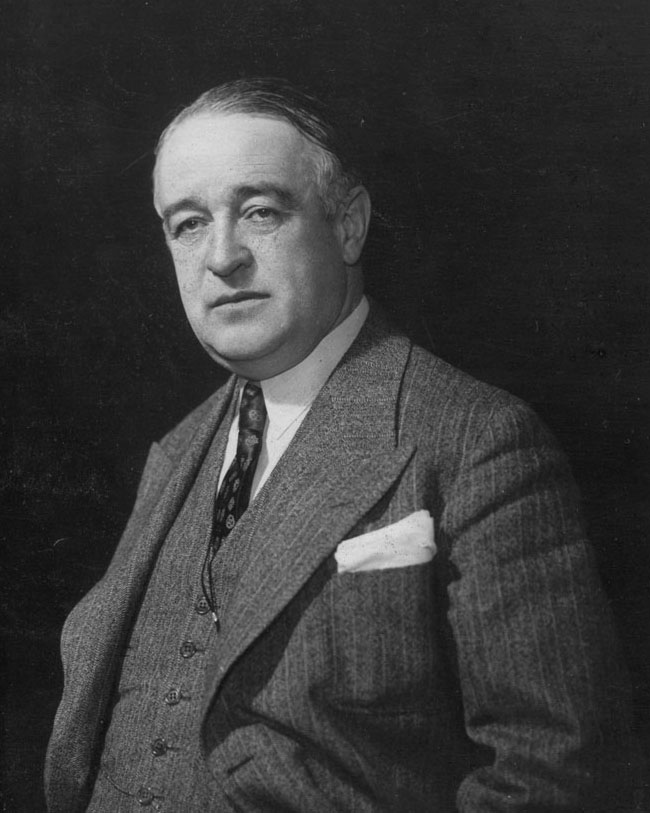
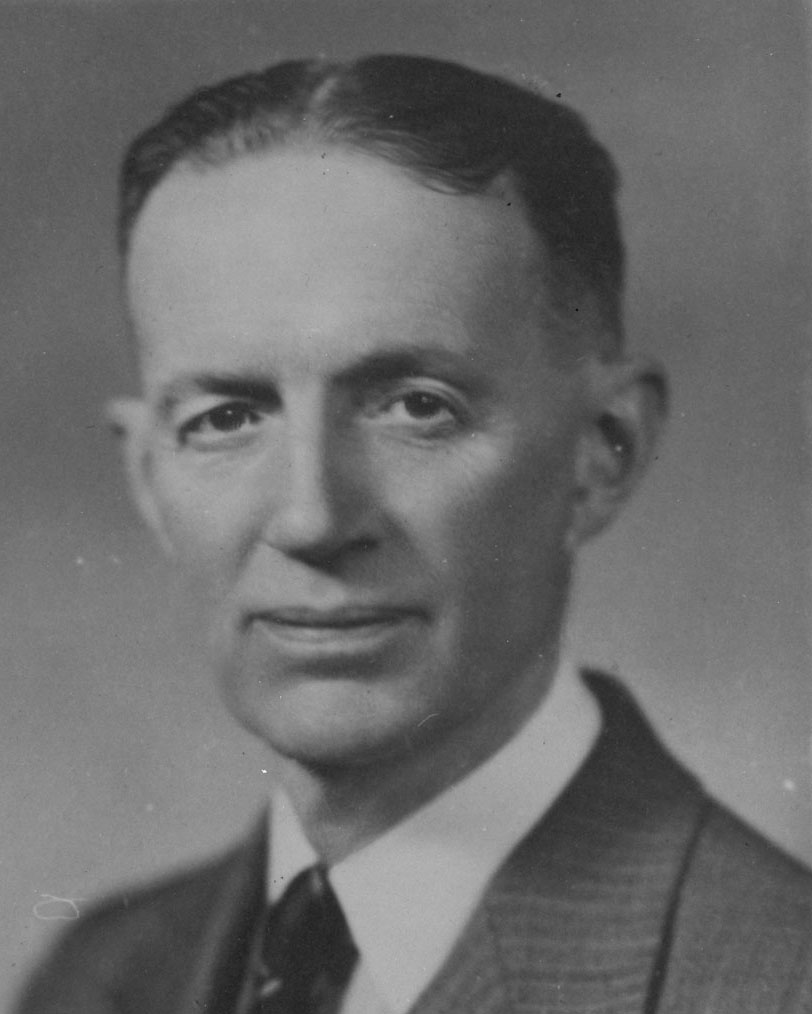

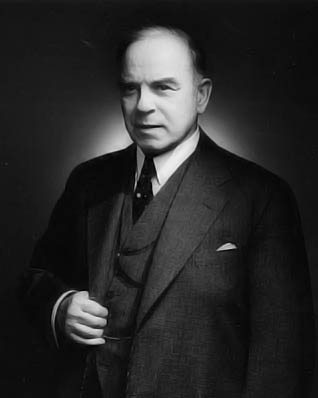
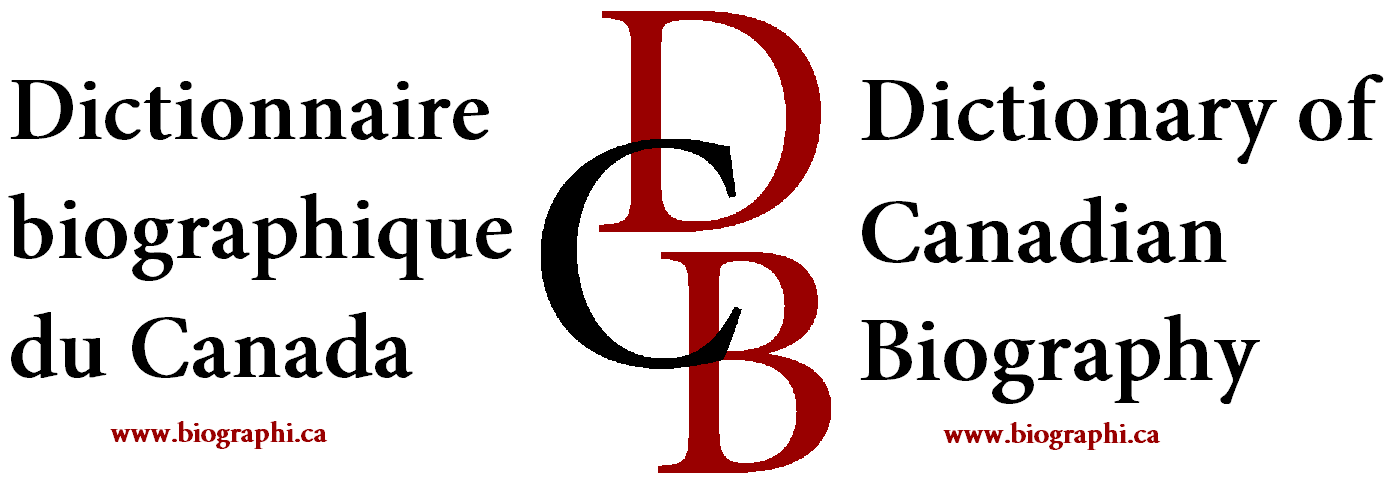 This individual participated in:
This individual participated in:
